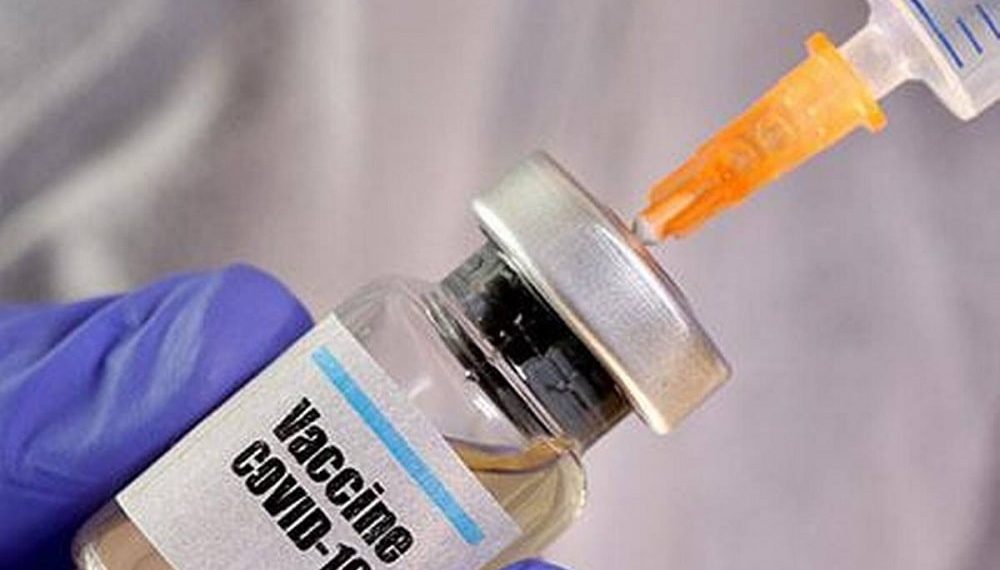The accelerated development of this novel virus-agnostic and host-directed therapeutic is being supported in part by funding from the Canadian and German governments under various R&D incentive and COVID-19 response initiatives.
More than 800,000 deaths have occurred worldwide as a result of COVID-19 as of August 25, 2020, and the number continues to climb rapidly. Clinicians have reported a range of physiological abnormalities in severely ill COVID-19 patients, including respiratory distress and vascular complications. Research also suggests that death rates are alarmingly high for patients requiring ventilator support, demonstrating the need for therapeutic interventions that can prevent the escalation of disease severity.
Human observational and genetic studies, as well as animal models of endothelial dysfunction collectively suggest that by targeting Tie2 receptor, MAN-19 may be effective in the treatment of a number of complications associated with viral infections such as COVID-19 and the seasonal flu. Therapeutics based on the Mannin platform have the potential to offer clinicians an intervention to rapidly stabilize the patient’s vascular endothelium in hospital settings, such as the Intensive Care Unit (ICU), to prevent vascular leakage, pulmonary pathology, and acute respiratory distress syndrome (ARDS). Such an intervention could improve outcomes in the current COVID-19 pandemic around the world.
“This program is advancing very rapidly. We are pleased with the input and support from government institutions and other industry stakeholders,” said Denis Corin, chief executive officer, Q BioMed. “There has been much talk of vaccines, but treatments are always going to be needed for people affected by these types of diseases, whether it’s SARS-Cov-2 or another pathogen resulting in similar symptoms and complications. The Mannin Tie2 platform is designed to address life-threatening complications from a number of infectious diseases, including future potential viral threats. With the support of regulators, we expect this treatment to be in the clinic very early next year.”



















